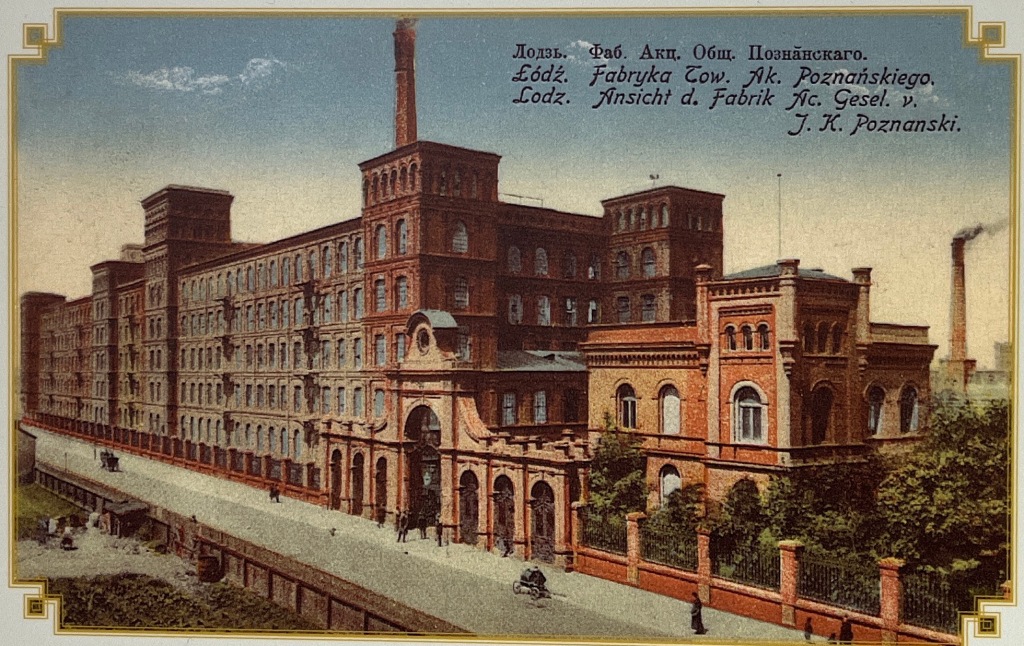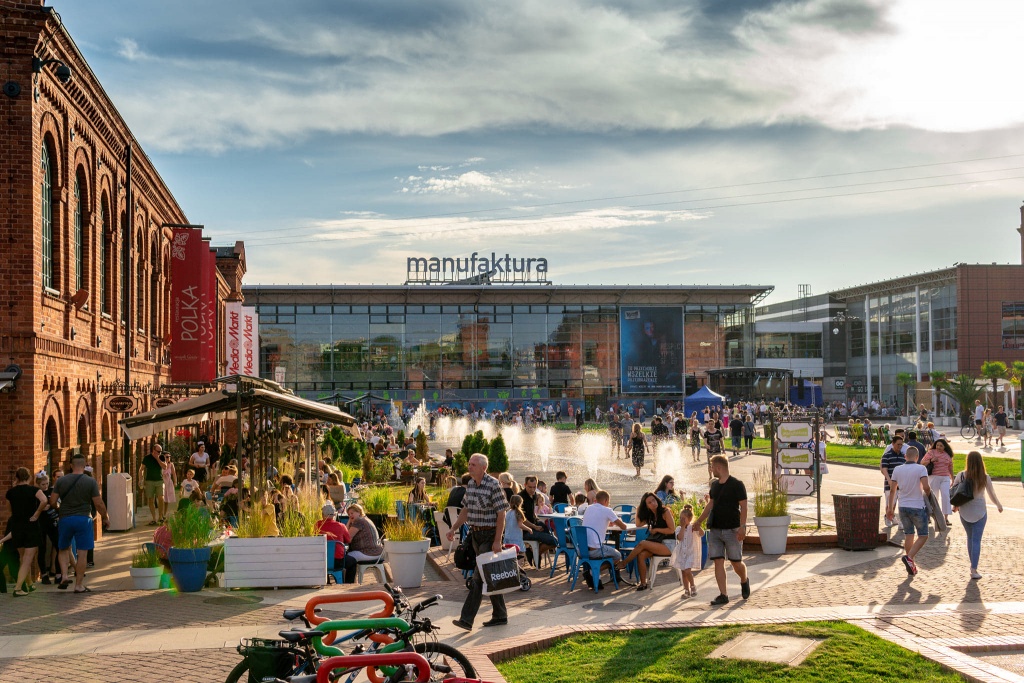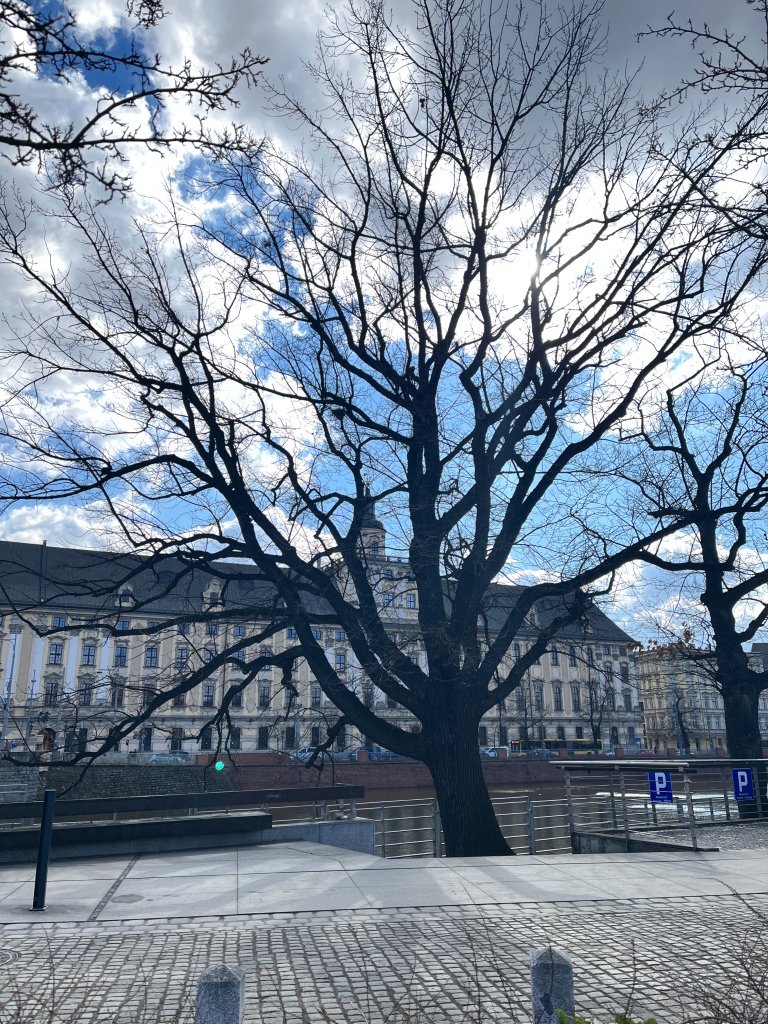Sketch by Lisa Zwicker, Professor of History & Director of International Programs
In the landscape of universities in Indiana, Ball State (founded in 1918) has its roots as a teacher’s college, Purdue University (groundbreaking in 1871) focused on science and technology, and Indiana University (classes began in 1825) has long been associated with research in the humanities, creativity in the arts, and international studies. During the Cold War, Indiana University was selected as one of the universities that would develop specialties in diverse international studies areas and languages and received funding to grow into a world leader in areas studies and languages.
International Studies remains a central part of Indiana University. Students at IU Bloomington can learn one of over eighty languages, more languages than are taught at any other university in the United States. IU is also a leader in study abroad. In the most recent Open Doors report IU Bloomington had several impressive accomplishments:
- Fourth in the country overall, with a total of 2,498 students having gone abroad.
- First in the Big Ten.
- Second in the nation for semester-length study abroad.
Indiana University South Bend seeks to contribute to this tradition of offering an international education for students.
Background on Indiana University, South Bend
Indiana University South Bend is a regional campus of the seven-campus IU system and serves north central Indiana. IU South Bend is the third-largest IU campus, with 4446 students (as of fall 2023) and 243 full-time faculty members. In the last ten years, the IU South Bend student population has moved toward traditional age with 73% of undergraduate students 24 years of age or under. 40% of students are first-generation, 39% are Pell eligible, and 36% are students of color. The campus primarily serves our region with 70% of students coming from either St. Joseph or Elkhart counties and 64% of graduates remaining in the region.
International education & curriculum
Faculty with international expertise and courses with international themes are housed primarily in the College of Liberal Arts and Sciences, which is soon to be merged with the Raclin School of the Arts. In addition to the Global Cultures requirement for all IU South Bend students, BA students in CLAS are required to complete four semesters of language study or demonstrate similar proficiency. CLAS BA students also complete a requirement in the “Origins of the Modern West,” and many of those courses in literature, history or religious studies focus on Europe.
In other words, general education requirements (the Global Cultures & World Languages BA requirement) play an important role in student enrollments in International Studies classes.
In the data collection about international studies courses, I have included classes that have been determined to count toward the International Studies minor, as well as a small number of those that cover international themes and topics.
The breakdown credits in international studies classes from fall 2023 is below:
| Art History | 324 |
| Anthropology | 1041 |
| Business | 276 |
| English | 51 |
| Geography | 96 |
| Health Sciences | 261 |
| History | 369 |
| Nursing | 69 |
| Philosophy | 75 |
| Political Science | 261 |
| Religion | 75 |
| Sociology | 153 |
| Women’s Studies | 99 |
| World languages | 1584 |
| 4734 credits |
Most of the students who take Anthropology courses enroll in ANTH-E 105, “Introduction to the ethnographic and comparative study of contemporary and historical human society and culture,” which satisfies the Global Cultures requirement. The College of Health Sciences has recently created new courses with international themes. The number of History international courses has declined; in 2009, students enrolled in 1473 credits of courses in History with international themes, but that number is now 369 credits.
Altogether (assuming my math is correct), in Fall 2023 international studies courses made up 4734 credits of 52,530 total or about 9 percent of all IU South Bend credits. In the recent Academic Masterplan process, there has been new attention to low-enrolled programs and the President’s office particularly identified five IU South Bend programs as low-enrolled. These included Spanish, French, and Anthropology, three programs that play important roles in international education at IU South Bend.
International students
Over the last few years, Connie Peterson-Miller, Director of Admissions and Director of International Student Services, has worked hard to attract and retain international students, even if IU regulations have often made it more difficult to achieve this end. At this point, IU South Bend enrolls 115 of international students, including students with DACA status. International students bring knowledge of the world to the thousands of IU South Bend students who do not study abroad or take International Studies classes.
International Students play an important role in key IU South Bend events like the April International Food festival held yearly (celebrating the 22nd anniversary this year!) as well as the Asian Food Festival. In addition to support from staff members in IU South Bend Admissions, the International Student Association helps bring students together and assists them.
English as a second Language
The number of ESL students taking classes fluctuates depending on the semester (lower in Spring and in semesters IU South Bend does not offer the graduate writing class—only offered every other semester or third semester depending on numbers) but a good average is 20-30 students per semester lately as we emerge from Covid and international travel/visa restrictions. While our numbers are on the lower side, international students pay a much higher tuition rate. Some graduate students, for example—such as the several taking ESL classes who are in the growing MBA program—pay almost $900 per credit hour, more than twice that of a resident student, effectively doubling the actual ESL enrollment numbers. Students who take ESL classes also often have higher retention rates than those who do not, especially amongst students whose first language is not English. As we continue to see more international students returning, identify permanent residents who need ESL classes, and grow our immigrant and Hispanic population, our numbers have been increasing in recent years.
Study Abroad
In the last decade, study abroad also increasingly contributed to international education at IU South Bend. In addition to the students who studied abroad, it is also important to recognize the role of the diverse faculty who contributed to study abroad programs, who grew in their knowledge and expertise about international studies through their role in teaching IU South Bend students on study abroad trips. The Appendix includes a list of all the IU South Bend faculty who have led study abroad trips.
In 2020 all study abroad programs were cancelled, since then IU South Bend has begun to build back. The high point of student numbers at trips in 2017-2019 may be difficult to achieve again because of the smaller size of the campus student population. Note also that the numbers below include all the students who participated in South Bend or joint South Bend and other IU campus collaborative study abroad programs.
IU South Bend study abroad programs & growth
| Year | 2012 | 2013 | 2014 | 2015 | 2016 | 2017 | 2018 | 2019 | 2020 | 2021 | 2022 | 2023 |
| Number of Students | 68 | 37 | 59 | 79 | 103 | 130 | 136 | 140 | 0 | 35 | 53 | 83 |
| Number of programs | 5 | 4 | 5 | 5 | 6 | 8 | 10 | 10 | 0 | 3 | 4 | 6 |
International Exchange – Fulbright Program
IU South Bend faculty have also been honored with Fulbright scholarships, and they then bring that knowledge that they gain because of their scholarship back to the campus. Destinations include countries in Asia, the Middle East, Latin America, and Europe.
Peter Aghimien (Nigeria, 2002-03)
Joseph Chaney (Hong Kong, 2009-10)
Alfred Herschede (China, 1982-83)
Monle Lee (Taiwan, 2000-01)
Joseph Martellaro (Argentina, 1965-66)
Don Marti (Kazakhstan, 1997-98)
Jonathan Nashel (Vietnam, 2023-24)
Janis Penikis (Latvia, 1996-97)
Elaine Roth (Spain, 2010-11; Mexico, 2022-23)
Monica Tetzlaff (Ghana, 2014-15)
Thomas Thorson (Norway, 1974-75)
Rebecca Torstrick (Israel, 2003-04)
Lisa Zwicker (Poland 2020-21)
International Exchange – Toulon
Since 2006, IU South Bend has sent and received students as part of an IU exchange to Université de Toulon et du Var. In the wake of Covid, the French program has very few students, and so the decision was made to put the student exchange on hold until we see if we can revitalize the French program.
The faculty exchange has continued. Because of the differing academic calendars, in the past the French candidate has taught at the IU South Bend campus in the summer, and IU South Bend faculty members have taught at Toulon during the spring. Toulon faculty members teach in South Bend in English; South Bend faculty in Toulon also teach in English, either in Business or the American Civilization program. Fourteen IU South Bend faculty members have taught in France in the Toulon program from History, Geography, World Languages, Political Science, Sociology, English, Business.
IU South Bend enrollment at International Studies classes
Although IU South Bend enrollment has declined, the proportion of international studies courses has remained mostly stable.

As IU South Bend leaders move forward and continue with the processes of transformation, we hope that we will be able to preserve the international studies options for students.
List of locations for study abroad and the faculty associated with those trips.
Study abroad at IU South Bend began in 1969 with Roy Schreiber’s program to London. Since then study abroad has grown at IU South Bend. This list focuses on study abroad leaders who currently teach at IU South Bend as well as their teaching and research interests. It offers insight into of the diverse opportunities to learn about international themes that are available to IU South Bend students.
Durban, South Africa prior to 2012
Dé Bryant is a community psychologist who explores the role of the arts in social change and community-building. She partners groups in Michiana with sister sites in Durban, South Africa. She is Director of the Social Action Project (SOCACT) and professor at IU South Bend.
Montreal & Ottawa, 2019
Louis Collins teaches introductory ethics and critical thinking to students beginning their college careers, and she also enjoys teaching upper-level classes in ethics, social philosophy, and feminist philosophy.
Berlin, Germany & Prague, Czech Republic 2011 & 2014
Kelcey Ervick is an English professor and fiction writer, which means she makes things up for a living.
Costa Rica 2019, 2021, 2023, 2025
Mexico 2015, 2023
Tammy Fong-Morgan teaches all levels of Spanish language, writing, literature, and culture. Her research interests include Latinx Young Adult fiction, second language acquisition, language learning for professions.
Montreal & Ottawa Canada, 2019
Christina Gerken teaches and researches on contemporary immigration, immigrant communities, race and ethnicity, reproductive rights, and social movements.
Japan – Yearly since 2016 except 2020 and 2021
Yoshiko Green teaches Japanese language and culture courses. She combines her interest in Second-Language Acquisition, Japanese art and culture, and K-12 education through volunteer activities and cultural presentations.
Belize – every other year going back to the 1990s
Ann Grens teaches biology and leads a marine biology trip to Belize open only to biology majors and includes significant field work on site. She is one of the first professors at IU South Bend to have a scholarship established in her name by her students!
Berlin, Germany, 2023
Amy Gretencord teaches Radiographic Procedures and Clinical Experience courses. In April 2018, she received the College of Health Science Alumni of the Year Award for her dedication to students and the community.
Iceland, 2019, 2021, 2024
Terri Hebert teaches undergraduate courses for the elementary education program, including courses in science methods and inquiry. Each fall and spring, she coordinates community-based service-learning opportunities for her students occurring in the greater neighborhood.
London, England & Edinburgh, Scotland 2013, 2015
Lee Kahan teaches and researchers on British literature. His research focuses My research focuses on the early years of the British novel (1660-1800).
European Union 2004, 2006
Neovi Karakatsanis, Professor of Political Science, studies Southern European politics, with an emphasis on Greece. She serves as the director of the Honors Program on campus.
Berlin, Germany, 2018, 2023, 2025
Jeff Luppes teaches all levels of German language, literature, and culture. His research focuses on topics at the intersection of history, culture, and politics, especially memory culture. His favorite courses to teach are beginning language classes.
Oaxaca, Mexico 2013, 2024
Jake Mattox is especially interested in the cultural and political interactions in the nineteenth century between the United States and the nations of the Americas, including Mexico.
Mohammad Mehri, Greece 2019
Mohammad Mehri teaches and researches on information security and data analytics. In 2018 he won the award for Educator of the Year at IU South Bend.
Florence, Italy every other year since 2009
Susan Moore teaches all levels of photography. In her own creative work, she creates a unique depiction of place in her photographs the landscape.
Oviedo, Spain (program geared to music majors)
Jorge A. Muñiz teaches composition and music theory at the Ernestine M. Raclin School of the Arts. His compositions have been performed by soloists and orchestras in the U.S., Europe, Asia, and Australia.
Ireland 2016, 2017, 2023
Shawn Nichols-Boyle teaches Irish literature, professional writing, and ESL, and is passionate about international education. She focuses on storytelling and identity in minority cultures.
Germany, 2023
Maryann Oake teaches physics in the Radiography Program and physics, procedures, cross-sectional anatomy, and sectional pathology in the Medical Imaging Program. She enjoys sharing her knowledge of the field, educating students, and serving the community.
Oaxaca, Mexico, 2012
Gabriel Popescu is a political geographer with interests in the ongoing influence of space on the relationships between states and societies. His recent scholarship is located at the intersection of power, borders, and digital technology.
China 2019
Yilei Qian teaches biology courses and is interested in a variety of bacterial species and various aspects of microbiological research, including microbial physiology, genetics, host-microbe interactions, and biotechnology.
Belize, 2014, 2017, 2019, 2021
Kristyn Quimby is a dental hygienist and Program Director of the Dental Hygiene program. She is interested in the intersection of culture and health care.
Iceland 2021, 2024
Tony Randles has research interests in food security, how nutritional environments shape community health, and applied dietary interventions and chronic disease.
Oaxaca, Mexico, 2012, 2013, 2018
Elaine Roth teaches English and Film Studies. In the classroom and in her writing, she works to identify the quiet politics of the dominant form of cultural expression of our time: the movies.
Costa Rica, most years since 2004
Scott Sernau teaches courses on inequality, international development, and sustainability.
London and Edinburgh
Matt Shockey teachers survey courses in the history of modern European philosophy (1600-present), as well as courses on imagination and empathy, the philosophy of action, meaningful work, and St. Augustine. His current focus is on teaching and developing courses on philosophical aspects of sustainability, such as environmental justice and systems thinking.
Ireland 2017, 2018, 2023
Jamie Smith teaches classes on urban politics, development, planning, and American political institutions. His research focuses on large-scale urban development projects and urban governance.
China 2019
Cydni Sofhauser is a professor of nursing and teaches a variety of courses in the undergraduate and graduate programs. She is a certified advanced holistic nurse and believes that healthcare should be delivered from an integrative, holistic focus, incorporating complementary therapies from various cultures with western medicine.
London, England & Edinburgh, Scotland 2013, 2015
Kyoko Takanashi teaches English literature of the eighteenth and nineteenth centuries. She is a specialist in the history of the novel and is interested in how fiction makes us think about history, communication, and community.
Oaxaca, Mexico, 2014, 2023
Jay VanderVeen teaches a variety of Anthropology courses from Ancient Civilizations to Zombies. He has conducted archaeological research both across the Caribbean and around the state of Indiana, focusing on the interactions of cultures at contact.
China 2024
Haiyan Yin teaches international business and has also also worked in the Developed Economics Research Group of the World Bank, doing empirical research in finance, economics, and business.
Berlin, Germany & Prague, Czech Republic 2012, 2014, 2016, 2018
Lisa Fetheringill Zwicker teaches German history and gender studies. She is currently writing about fin-de-siècle women activists who pushed against gender restrictions and for greater opportunities for women.





































































